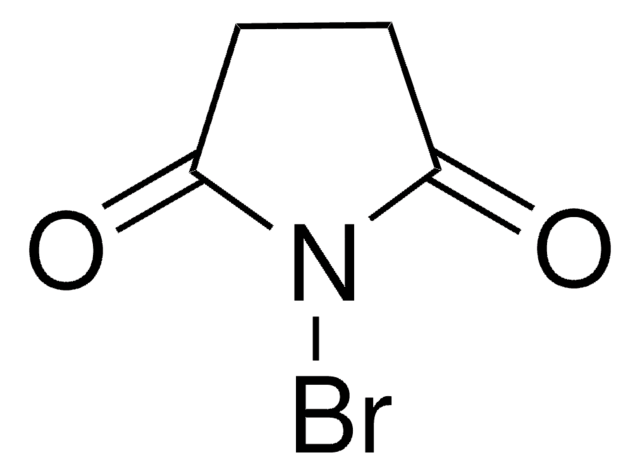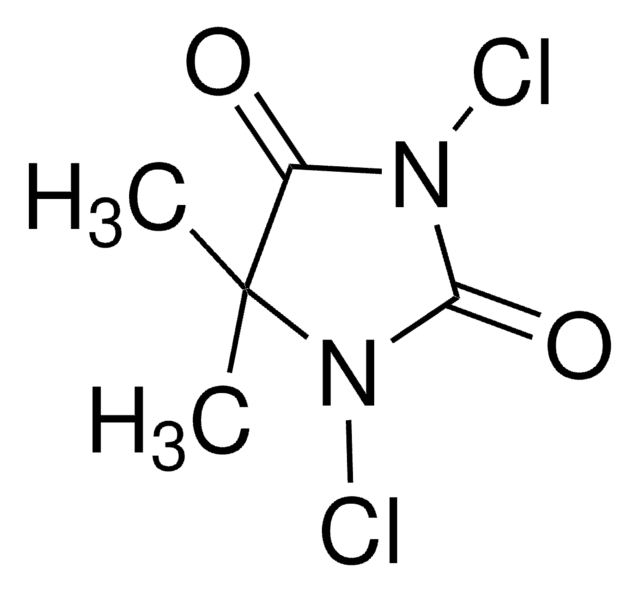All Photos(1)
Synonym(s):
6-methyl-N-[3-(tricyclo[3.3.1.13,7]dec-1-yloxy)propyl]-4H-1,2,4-benzothiadiazine-3-propanamide 1,1-dioxide, N-[3-(adamantan-2-yloxy)propyl]-3-(6-methyl-1,1-dioxo-2H-1λ6,2,4-benzothiadiazin-3-yl)propanamide
Empirical Formula (Hill Notation):
C24H33N3O4S
Recommended Products
Quality Level
Assay
≥98% (HPLC)
form
powder
color
white to beige
solubility
DMSO: 2 mg/mL, clear
storage temp.
-10 to -25°C
SMILES string
O=C(NCCCOC1(C2)C[C@H](C[C@H]2C3)C[C@H]3C1)CCC(NS4(=O)=O)=NC5=C4C=CC(C)=C5
Biochem/physiol Actions
BTD is a potent and selective activator of the transient receptor potential canonical channel 5 (TRPC5). BTD can also activate heteromeric channels composed of TRPC5 and its closest relatives TRPC1 or TRPC4.
WGK
WGK 3
Flash Point(F)
Not applicable
Flash Point(C)
Not applicable
Regulatory Information
新产品
Certificates of Analysis (COA)
Search for Certificates of Analysis (COA) by entering the products Lot/Batch Number. Lot and Batch Numbers can be found on a product’s label following the words ‘Lot’ or ‘Batch’.
Already Own This Product?
Find documentation for the products that you have recently purchased in the Document Library.
Aisling Minard et al.
Cells, 7(6) (2018-06-06)
Proteins of the TRPC family can form many homo- and heterotetrameric cation channels permeable to Na⁺, K⁺ and Ca2+. In this review, we focus on channels formed by the isoforms TRPC1, TRPC4 and TRPC5. We review evidence for the formation
Holger Beckmann et al.
Cell calcium, 66, 10-18 (2017-08-16)
The transient receptor potential canonical channel 5 (TRPC5) is a Ca2+-permeable ion channel, which is predominantly expressed in the brain. TRPC5-deficient mice exhibit a reduced innate fear response and impaired motor control. In addition, outgrowth of hippocampal and cerebellar neurons
Our team of scientists has experience in all areas of research including Life Science, Material Science, Chemical Synthesis, Chromatography, Analytical and many others.
Contact Technical Service







